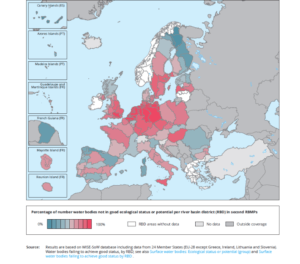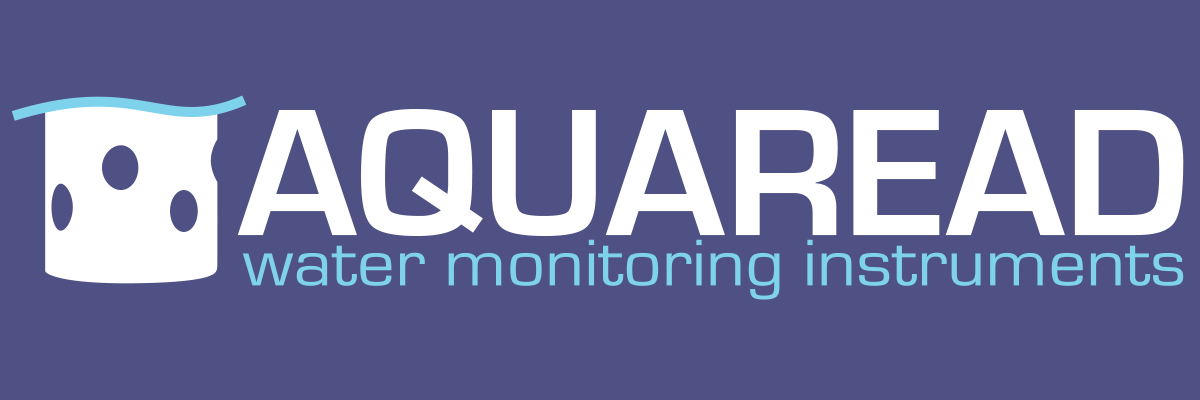According to a recent report by the European Environment Agency (EEA), only 40% of Europe’s lakes, rivers and transitional and coastal waters are in good ecological status.
The State of Our Waters report, which was developed from studies of around 130,000 waterways, found that not only was had a majority of water bodies failed to meet requirements but that England was one of the poorest performers overall.
There were a number of reasons for this decline in quality, with increases in population density and greater intensity used in agricultural practices listed as contributing factors to the overall decline.
When it came to looking for a higher standard of water quality, you don’t have to look too far. Scotland ranked alongside much of Scandinavia in terms of water quality, with around 55% of the countries waterways meeting the required levels.

Though comparing water quality across countries can be difficult due to varying reporting methodologies, it is still apparent that the low standards of water quality require immediate action.
What do we do about it?
In reference to the report, Karmenu Vella, the EU environment commissioner said that “more needs to be done before all lakes, river, coastal waters and groundwater bodies are in good status.”
He also added some advice to England in particular in helping to improve their water quality: “It would be advisable for England to continue with legislation similar to the water framework directive after Brexit.”
This water framework directive was originally conceived as a method of encouraging EU countries to achieve a good ecological status in their waterways before 2015. Clearly many have failed to manage this.
With biodiversity loss, water quality management and ecosystem damage at stake, more needs to be done to ensure these requirements are being met.
Water quality monitoring
When it comes to water quality monitoring, we are firm believers that knowledge is power. Our wide range of multiparameter testing equipment allows users to monitor the quality of water bodies, including ground and surface water. This leaves people in a better position to make changes to ensure water meets regulations, and issues are spotted early.
